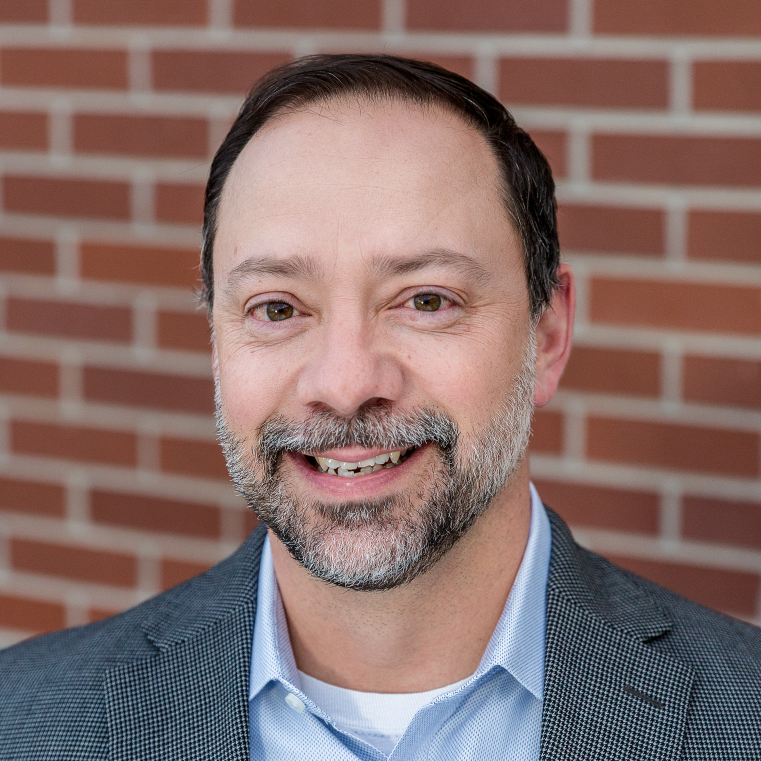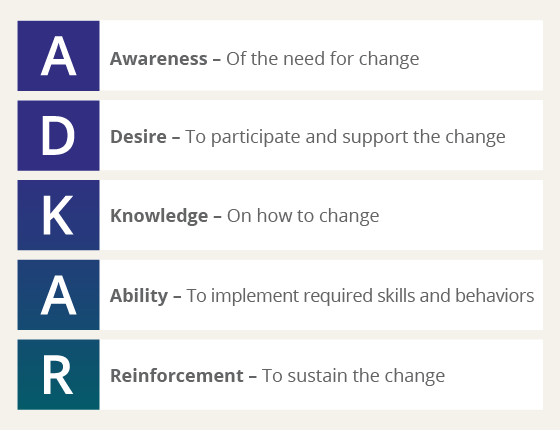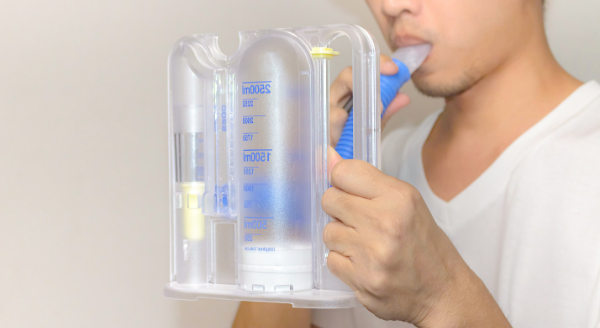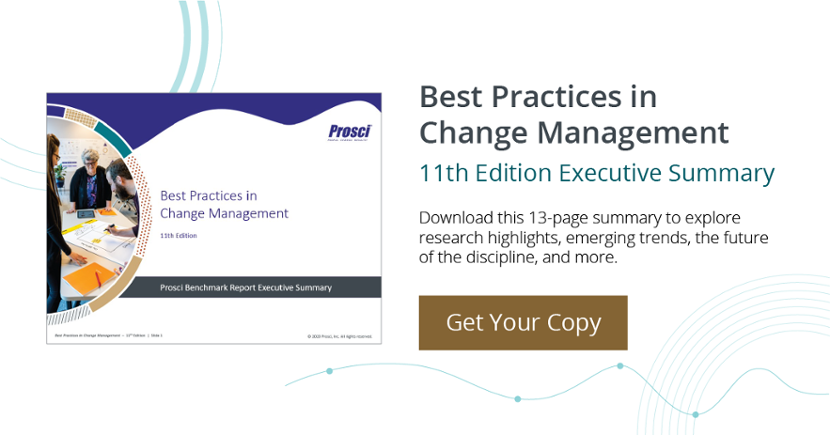How The ADKAR Model Helped Me Through COVID-19

4 Mins
Updated: December 11, 2023
Published: December 9, 2020

Thanks to a skilled nurse, a supportive family, and the ADKAR Model, I overcame COVID-19 a few months into the pandemic. It started as a light cough for a few days—which I thought was just a post-World Series, victory letdown after celebrating the Dodgers' first title in 32 years. But it was actually the start of a long and serious illness. This is my personal story and how I started to fight back.
Starting My Journey
I woke up on Halloween feeling body aches. By 7:00 p.m., I developed a nasty fever and quickly started my time in isolation. Honestly, the first five days of the virus were not too scary. It felt like a moderate case of flu with some loss of smell. But as I progressed into week two, my lungs began to struggle. I had a pulse oximeter, which I used to measure my blood oxygen levels. On days six and seven, I experienced several episodes where my oxygen saturation dropped into the mid-to-low 80s, and I struggled to catch my breath. At this point, my wife talked to nurses through our virtual health care provider, who informed me that I was becoming emergent and needed more care. I checked into the hospital on day seven of my illness.
The hospital gave me great care during the first two days. This treatment was key, but I still struggled. I was in a regular care unit on constant oxygen and taking a lot of medication without much improvement. That’s when a nurse named Else showed up and triggered a light bulb moment. Her message to me was, “Yes, you received some good medicine, but the way I have seen people get out of here is through their own efforts and attitude. You will do this, Randy.”
And so, I started my unexpected ADKAR journey.

The ADKAR Model
The Prosci ADKAR Model is a goal-oriented change management model that guides individual and organizational change. ADKAR is an acronym that represents the five stages people must move through to adopt a new way of doing things: Awareness, Desire, Knowledge, Ability and Reinforcement.
Here’s how I applied the ADKAR Model to my month-long battle with COVID-19:
Awareness of the need for change
Else explained that the medicines may or may not help me get all the way back to full health. It was so early in the disease that medical professionals were still learning a lot. But Else had seen people in my condition make vast improvements by acting on two things that were in my control: lying in prone position and using a spirometer.
Alternating this process throughout each day, I spent 30 minutes in prone position to unlock the muck that COVID-19 plastered in my lungs. Then I used the incentive spirometer (a medical device that measures how much oxygen you can take in a breath) to force coughing and getting rid of it. I quickly realized that I immediately needed to get involved, take action, and make things happen to turn the tide.
Desire to support the change
According to both of my doctors, I was at a possible inflection point medically in the potential curve of the disease on day nine. On the positive side, I could shorten how long I was in hospital. On the worst-case side, I could head towards the path of the ICU. While unlikely, it was an outcome I needed to avoid.
More importantly, I had to think no further than my wife and two kids to know that I had no choice. I HAD TO TAKE CONTROL. It had been very difficult for all of us for me to be away from them: first during home isolation, then through hospitalization, and later through continued isolation at home. I had to do everything in my power to help myself in this situation.
Knowledge of how to change
Like many training programs we go through in life, this training was pretty simple:- Step 1– Lie on my stomach flat for 30 minutes. I improved my oxygen saturation in this position, so I quite enjoyed it.
- Step 2 – Get up after 30 minutes and do the work on the incentive spirometer. Take in a slow, deep breath and cough out whatever I can.
What could be so hard about that?
Ability to demonstrate skills and behaviors
I must admit that I was an early pro at sleeping in prone, so I had no issue with Step 1. The breathing exercises were another story. To go from short, shallow breaths that can get intermittently choppy to slow deep breaths is a challenge. When I started on Monday, I could barely get the apparatus to 100 milliliters and would cough a ton. All of that brain-rattling coughing gave me a constant headache.

But there was one thing in my background that served me well here, and that’s the ability to endure and keep moving forward. I was in the Army. I played rugby. I've run marathons and come back from many surgeries. I am built for challenges like this—and I remembered this even when things felt quite sad and bleak. The constant love and support from my family, friends and co-workers was also instrumental here. We ALL have an inner warrior inside of us, and the key is to unlock it in times like this.
Reinforcement to make the change stick
The ultimate reinforcement for this effort was getting to leave the hospital after five days to finish my battle at home. I was also able to remove all supplemental oxygen during the day and walk around without issue. Even now that I have tested negative for the virus, I have progress to be made, but I am well on my way to a full recovery. I am hitting 4,000 to 4,500 milliliters on the spirometer regularly, which is also a great sign of progress. I am following Else’s guidance to this day and will continue to do so until the mission is complete.
My Unexpected ADKAR Journey
When I wrote this story on day 20 of my battle with COVID-19, I still had no conclusive idea about how things would turn out. Thanks to skilled care and motivation from Else, the nurse I credit with getting me on the right track, I’m sharing my story with the hope that it might inspire someone else in the Prosci community or beyond. Please stay healthy, people.
A final note: This disease can be quite scary. I'm not a medical professional and speak only from my personal experience. If you want an ounce of prevention at home that seems to have worked for me, purchase a $20-$25 pulse oximeter, so you can monitor yourself if you ever do get sick.

